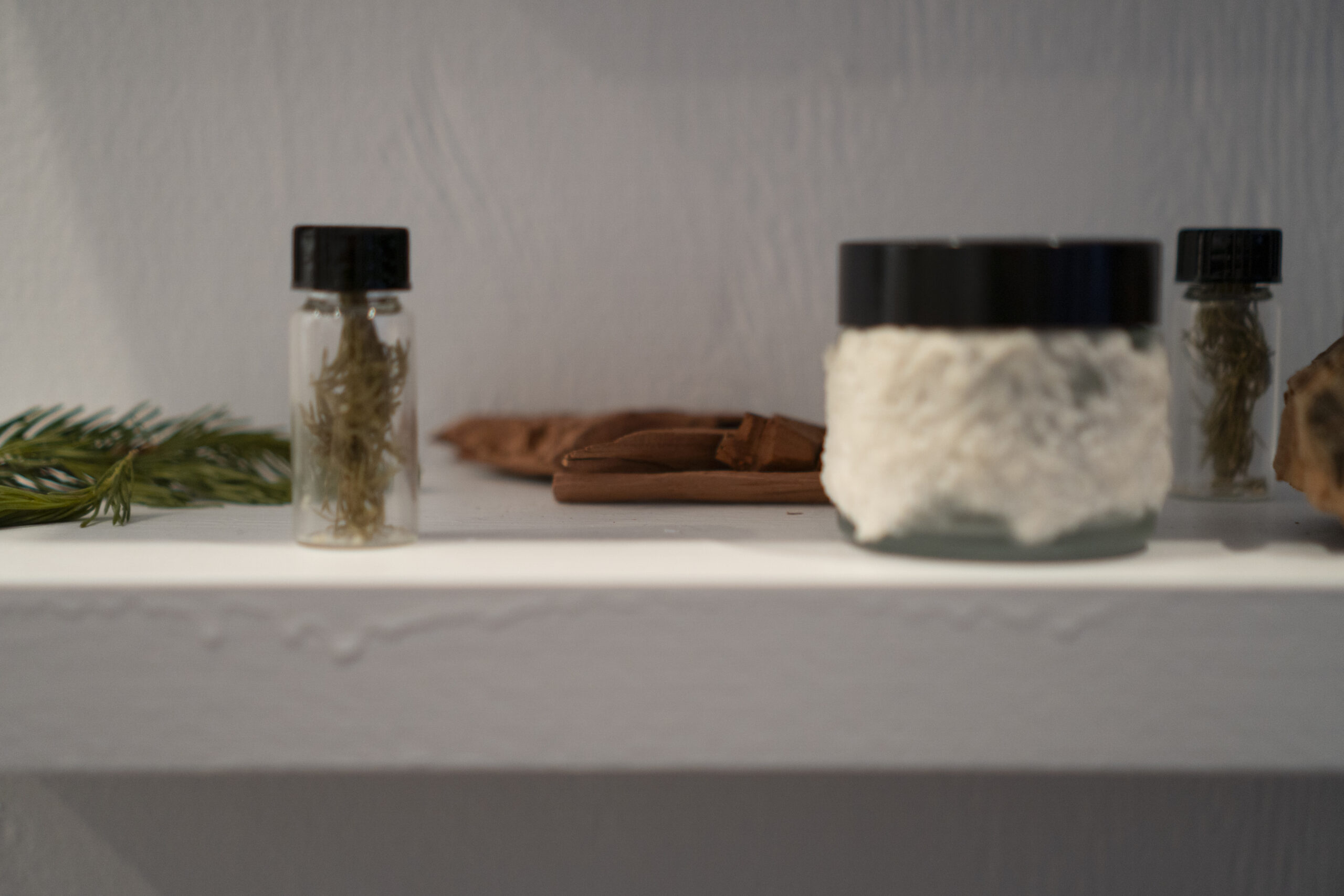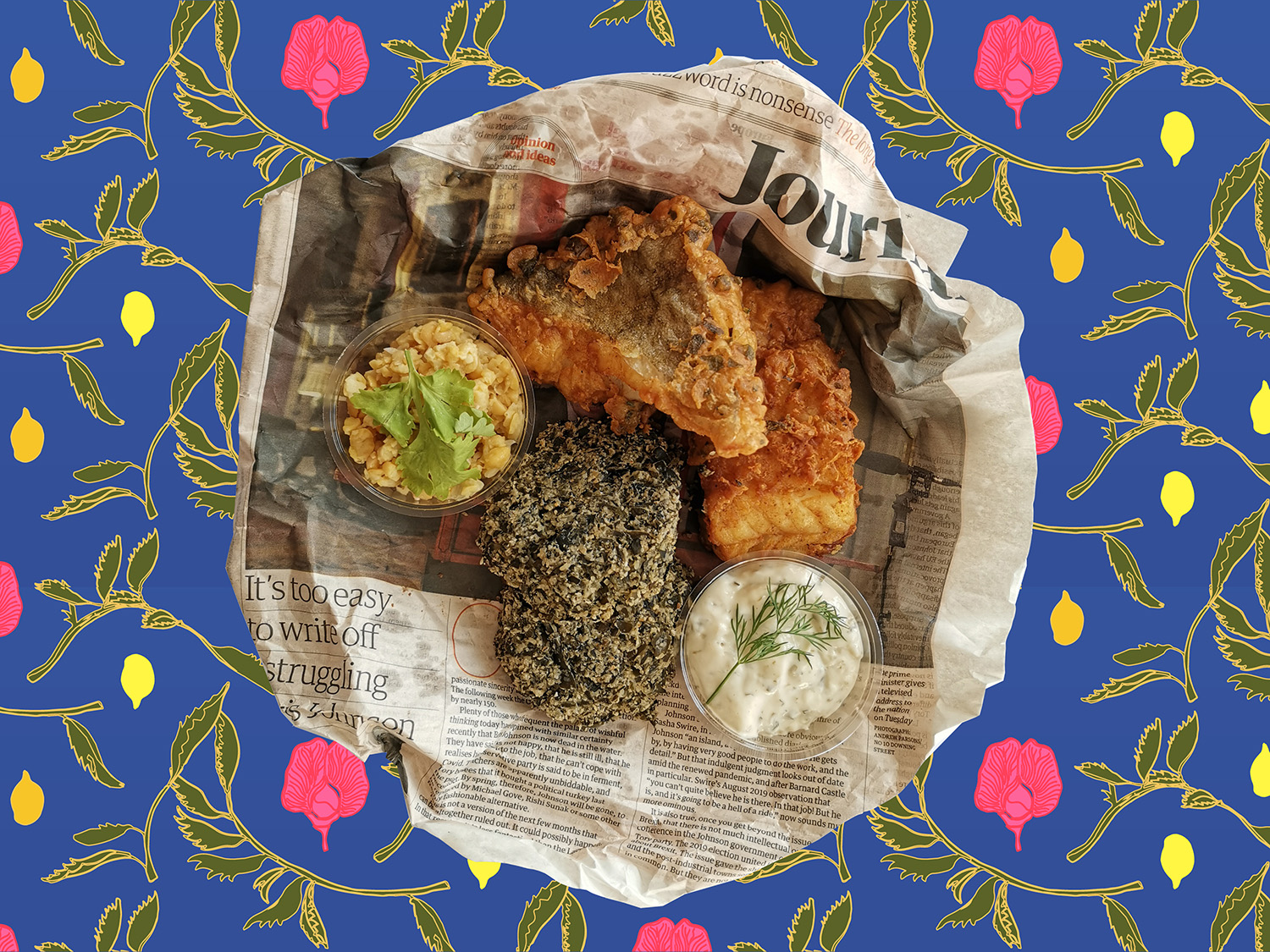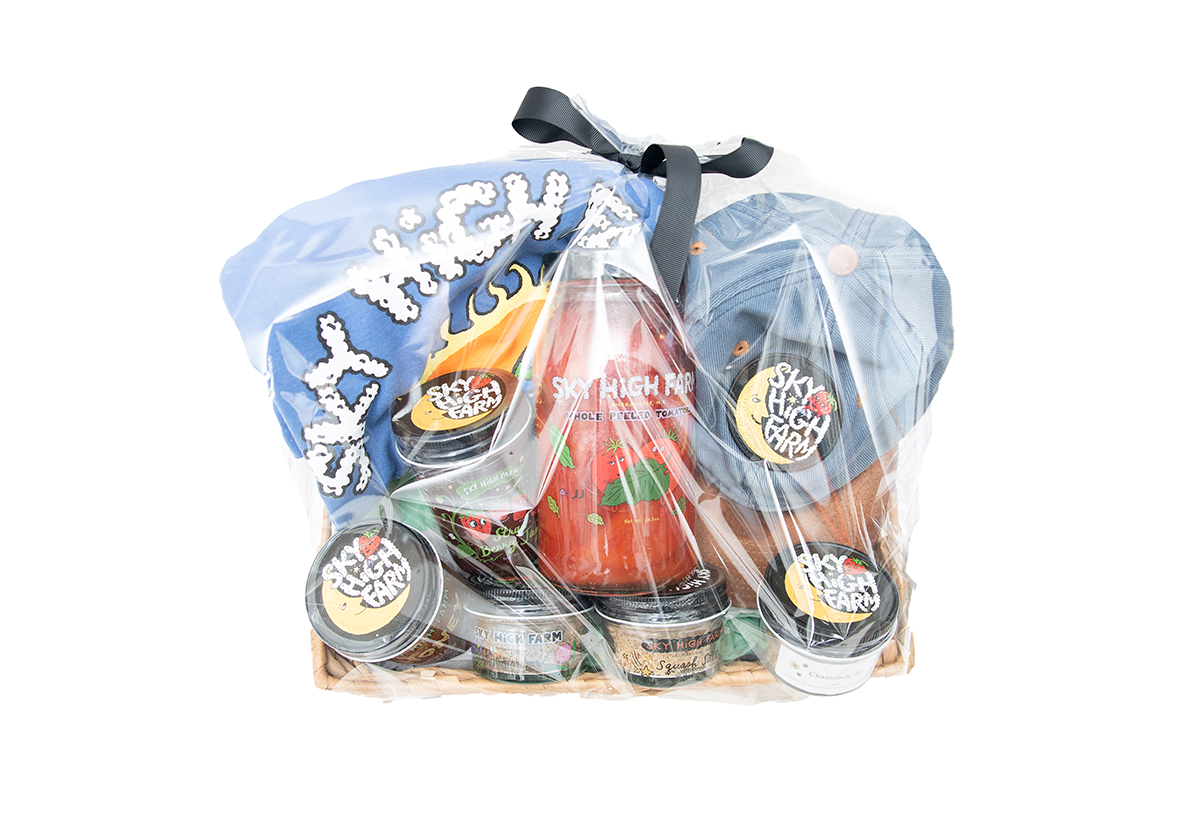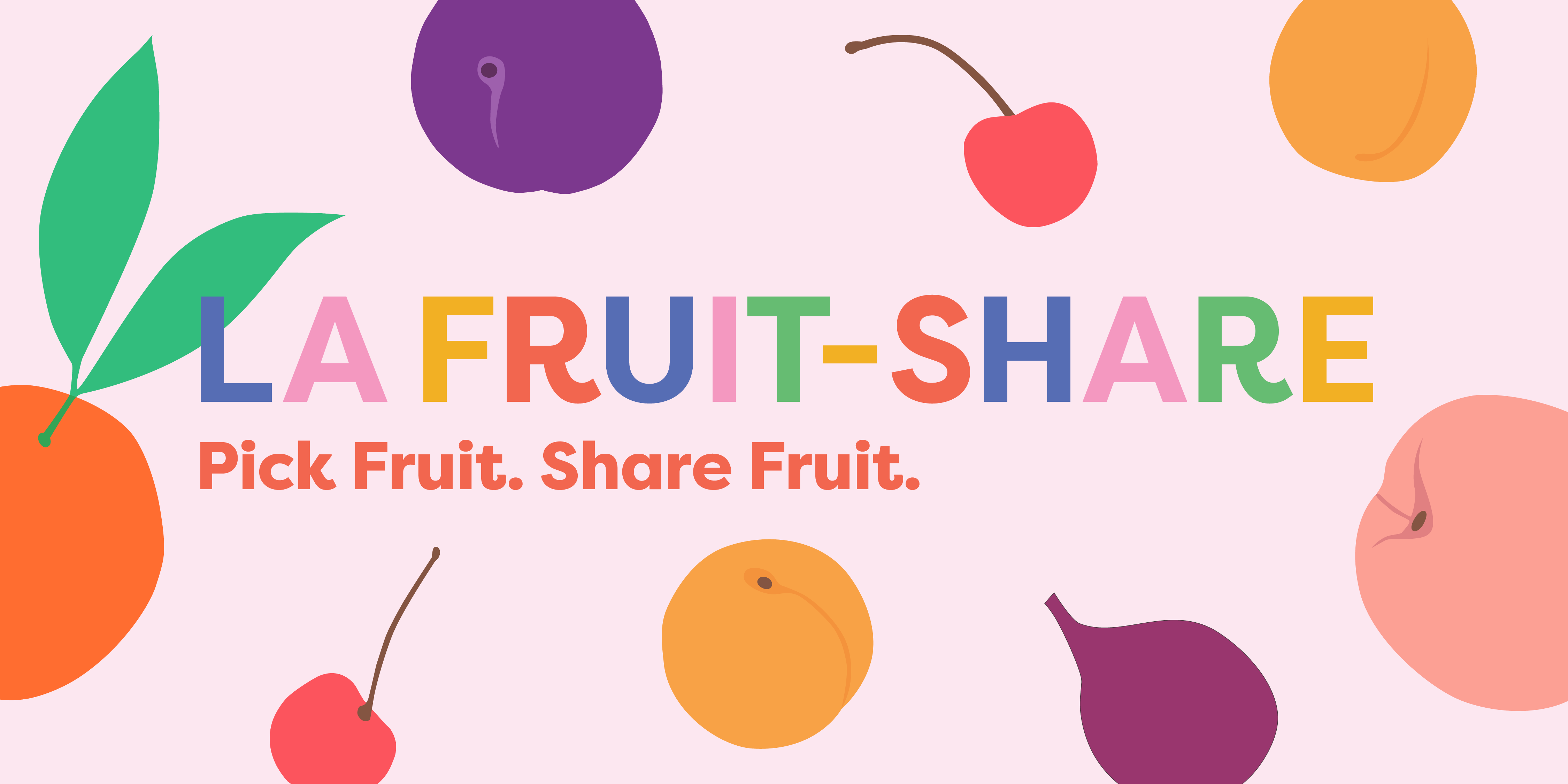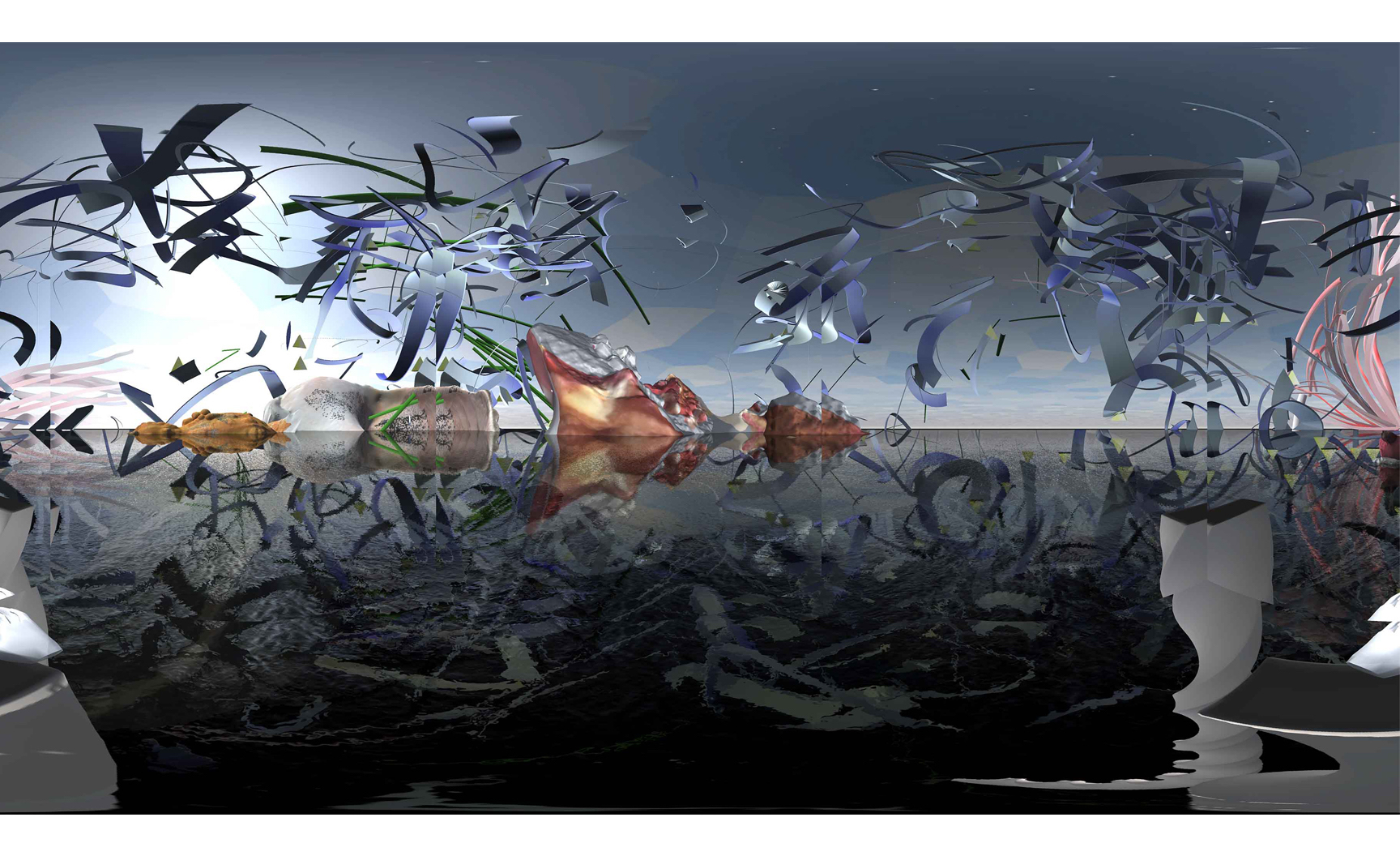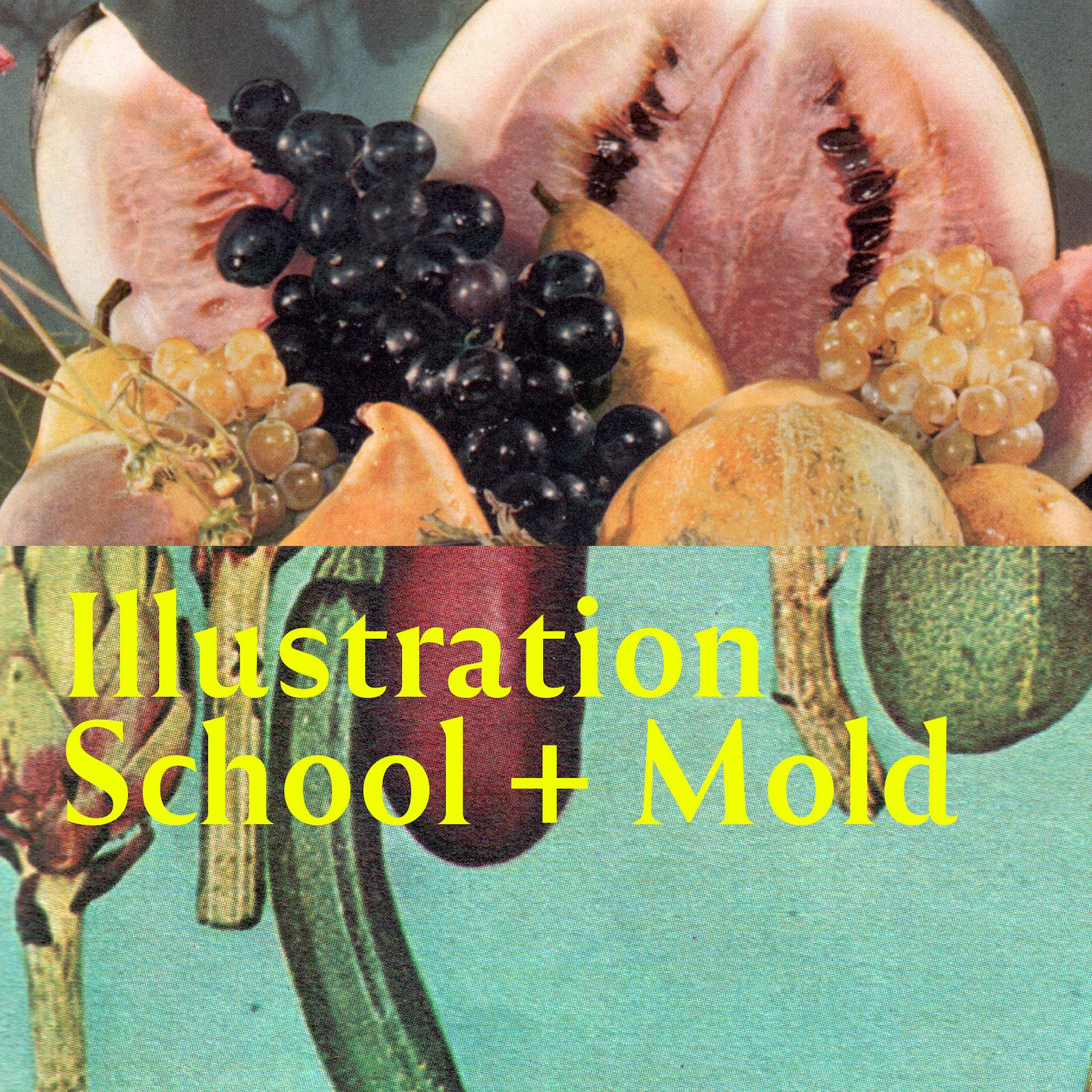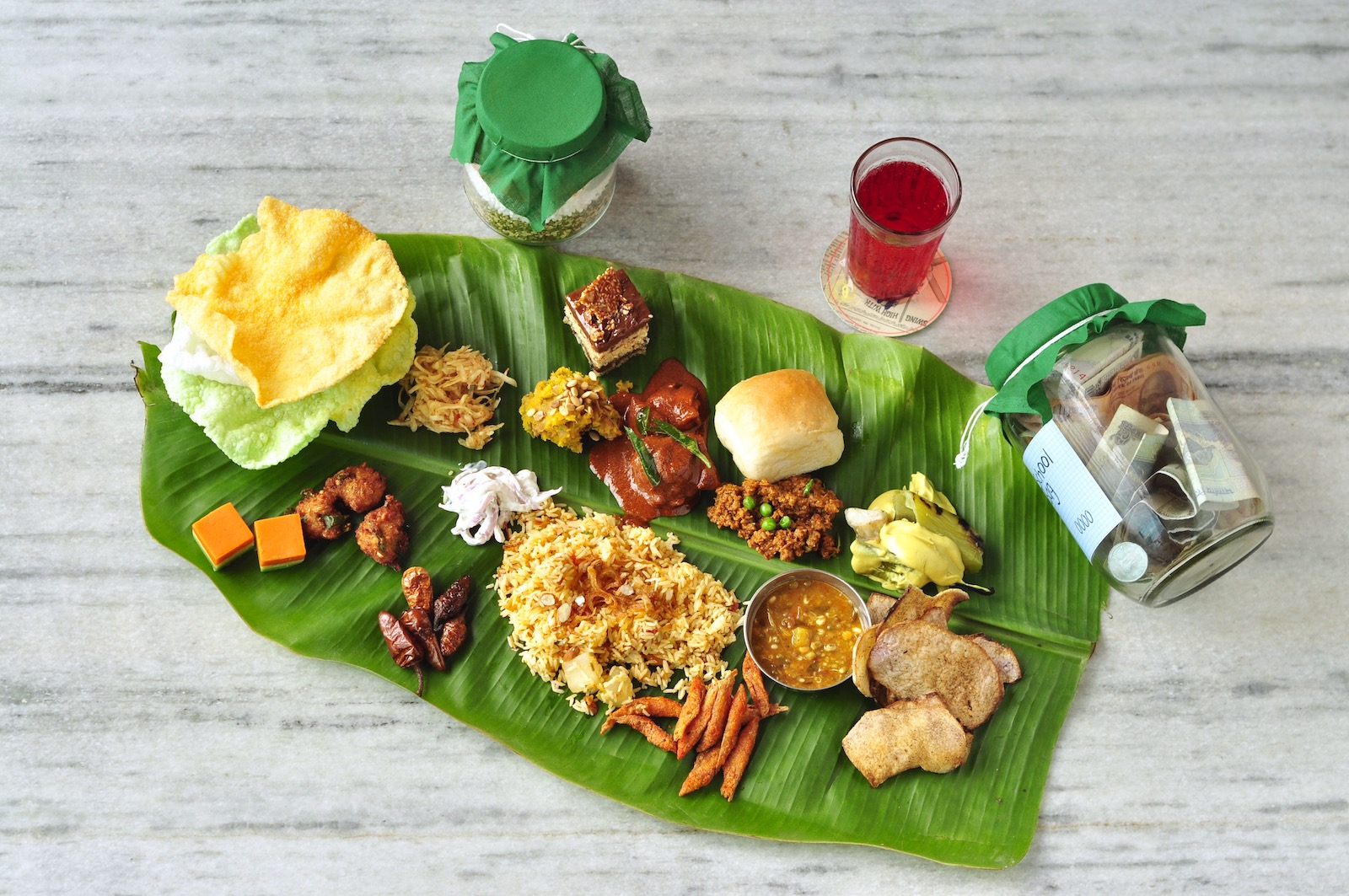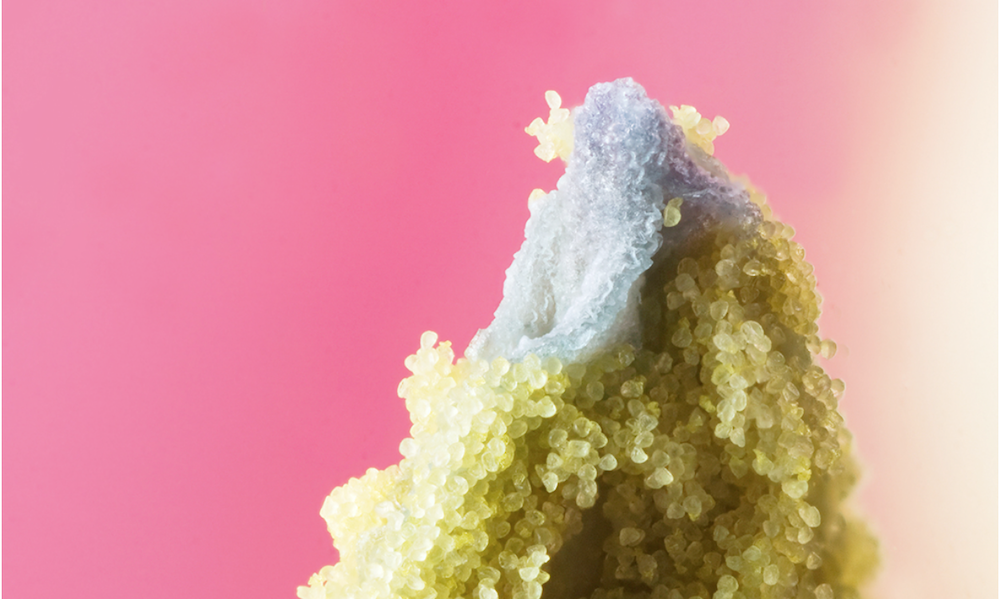New York looks very different than it did, even just a month ago. COVID-19 is at the forefront of everyone’s minds and concerns, and is changing the way we think about leaving our homes. Even so, the seasons keep coming, and Spring is upon us. Although, most of the time, we may be experiencing it from our open windows, the extra time you may have on your hands can be good for learning a new skill. The parks here are absolutely full of forageable greens and edible plants that can still be safely harvested while maintaining a safe distance from your neighbors.
It’s important to take the act of foraging seriously, and to fully understand, without any doubts, what you’re looking for before you eat anything. There are lots of environmental aspects to consider as well, including only foraging what you can eat and leaving enough for the population of that plant to not only recover, but flourish, and you should always check on what plants are invasive in your area, or what things can harm the natural environment when it comes to harvesting.
Blackberries
Wild blackberries are sweeter than their store-bought counterparts, and you’ll find them growing typically in patches on bushes. Use them as you would normally, in baking, salads, or just on their own as a treat.
Common Plantains

You’ve probably seen the common plantain around NYC’s parks (it isn’t called the common plantain for nothing). Its broad, flat leaves are quite distinctive, and there are whole areas of the parks that are completely covered in the plant. You can use them to make tea, or in salads while the leaves are still tender.
Dandelion Greens

Widely considered a weed, dandelion greens are among the most common plants available for you to eat. The greens can be used in salads, pestos, or simply sauteed with salt and pepper. They’re best eaten when harvested “young”, as older dandelions can start to become tough. Be extra careful here not to forage greens that are in areas that have been sprayed with pesticides.
Field Garlic

This plant’s garlicky and oniony smell is what distinguishes it from others. You can sometimes smell it just when you’re nearby. It has hollow, thin leaves that grow in big bunches, and the bulbs look similar to a leek or green onion. Use them as you would their namesake— anywhere you’d use garlic or onions.
Garlic Mustard

Garlic Mustard is an invasive plant, known for its garlic smell, small white flowers, and scalloped leaves. You can use the flowers, roots, and leaves of this plant, in salads or as seasoning.
Mugwort

Look for the spiky leaves with silver-y undersides of mugwort, a plant with a colorful history and many uses. Try a mugwort tea, use it to smudge your house, or as an aromatic. Our editor, LinYee, especially loves mugwort greens in a savory Korean pajeon. Its sage-like smell is one of the main ways you can identify it, as well as its distinctive flowers.
Ramps

Each Spring, restaurateurs across the city begin their ramps craze. While restaurants are still closed, you can recreate this at home by finding your own. They have broad, long leaves that can sometimes grow up to a foot. Ramps, also called wild leeks, can be pickled, grilled, sauteed, or, our favorite, on pizzas. If you want to be extra careful and considerate of the plant, pick only the leaves, keeping the bulbs intact and in the ground to grow again next year.
Helpful Links
We’ve also compiled a list of our favorite sources, in the hope that you’ll find them useful as well.


